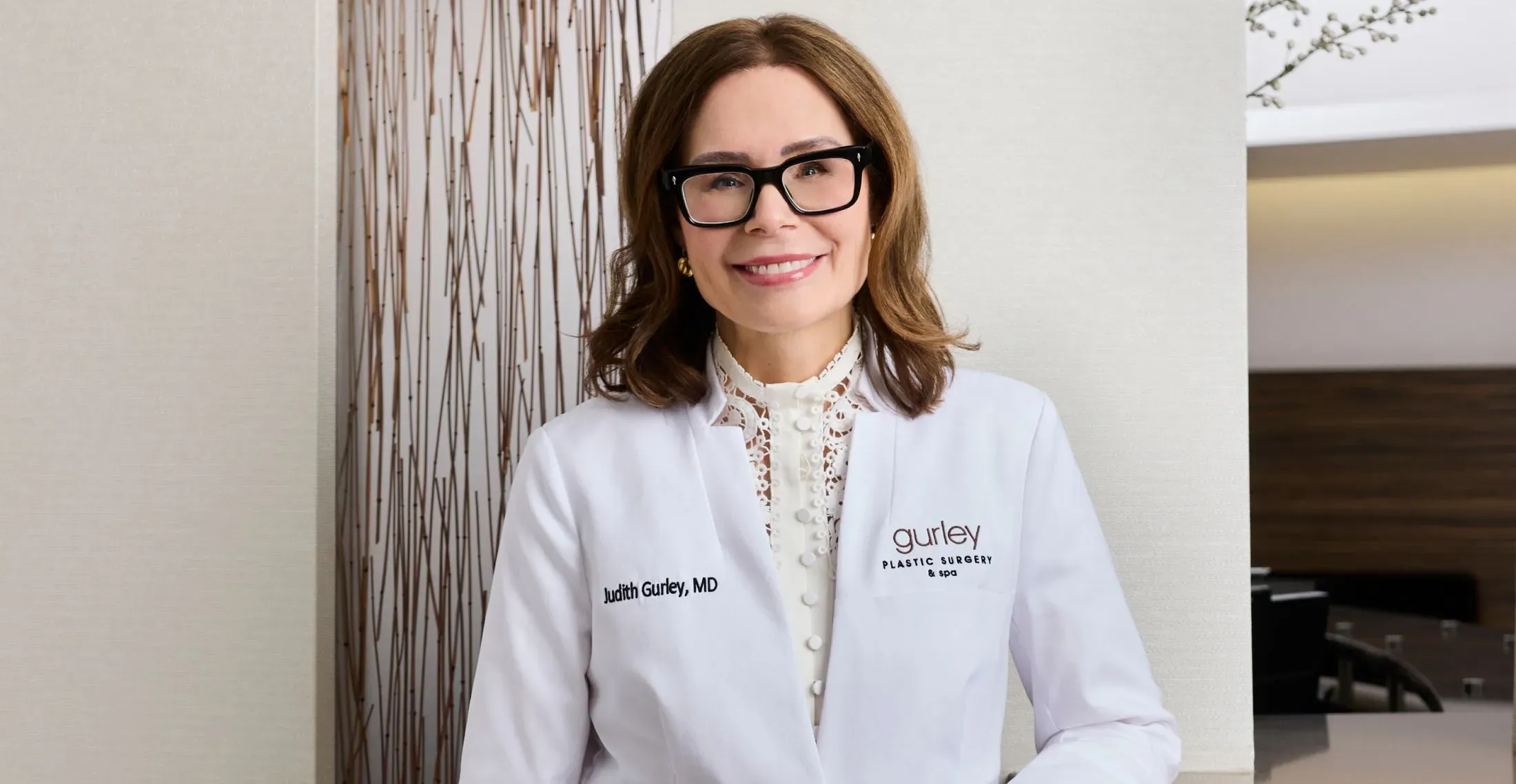




No one will know. Everyone will notice™

It’s true that, largely, we have no idea what causes gynecomastia. But we do know that 9 times out of 10, the only treatment for enlargement lasting longer than 2 years is surgical removal, which is immediate and permanent. When evaluating a patient with male breast tissue it’s important to understand the difference between normal physiologic and abnormal pathological gynecomastia. Most pediatricians understand this difference.
Adult gynecomastia and its causes are somewhat of a mystery. That’s in contrast to breast enlargement in pubescent boys. Up to 70% of boys have the condition to some degree at some point in their path through puberty. This is simply due to the surging levels of estrogen and testosterone and the changes they cause in the body. Most teenage gynecomastia passes as hormone levels stabilize. Physiologic gynecomastia is an enlargement of breast tissue that exists temporarily, 2 years or less, behind the nipple/areola complex and does not extend out beyond this area.
Middle-aged and older men can also develop temporary enlarged breasts due to hormone changes that come with aging. Also, taking of certain medicines can cause gynecomastia:
Obviously, many of these cases don’t merit surgery, because lifestyle changes can address the issue.
Pathological gynecomastia is present for 2 or more years (which basically means it’s not going to go away), and is larger than the nipple/ areolar complex. This usually presents during puberty, but it can also first occur later in life. Men with gynecomastia have a firm, rubbery mass underneath the nipple area. The size of this mass is around 1.5 inches across and it may be sensitive to the touch. This mass will usually not go away on its own.
Remember gynecomastia is not fatty tissue, especially in teenagers. Rather, it is breast tissue that must be surgically removed. Removal of this abnormal tissue is not enough, however.
The good news is, there is a lifelong solution if lifestyle changes are not resolving the issue. The breast tissue is removed by an experienced plastic surgeon who understands the anatomy and the importance of removing all of the glandular tissue. When this is done correctly, that tissue cannot grow back. Your board-certified plastic surgeon will make sure the chest wall will remain as smooth and masculine as possible.
They will also reduce the size of the areola and remove excess skin when necessary so that patients are comfortable taking off their shirts, swimming and have confidence both in and out of clothes.
If surgery is required, small incisions are made in the armpits or around the areolae. Through those incisions, excess fat and glandular tissue are removed and excess skin is trimmed. Liposuction may be added to remove fat pockets, but liposuction alone won’t usually fully correct the problem. The surgery is done on an outpatient basis and the patient will wear a compression shirt during recovery.
Do you wonder if you have gynecomastia? Call our office at (636) 812-4300 to schedule a consultation appointment or visit our Plastic Surgery practice in Chesterfield.